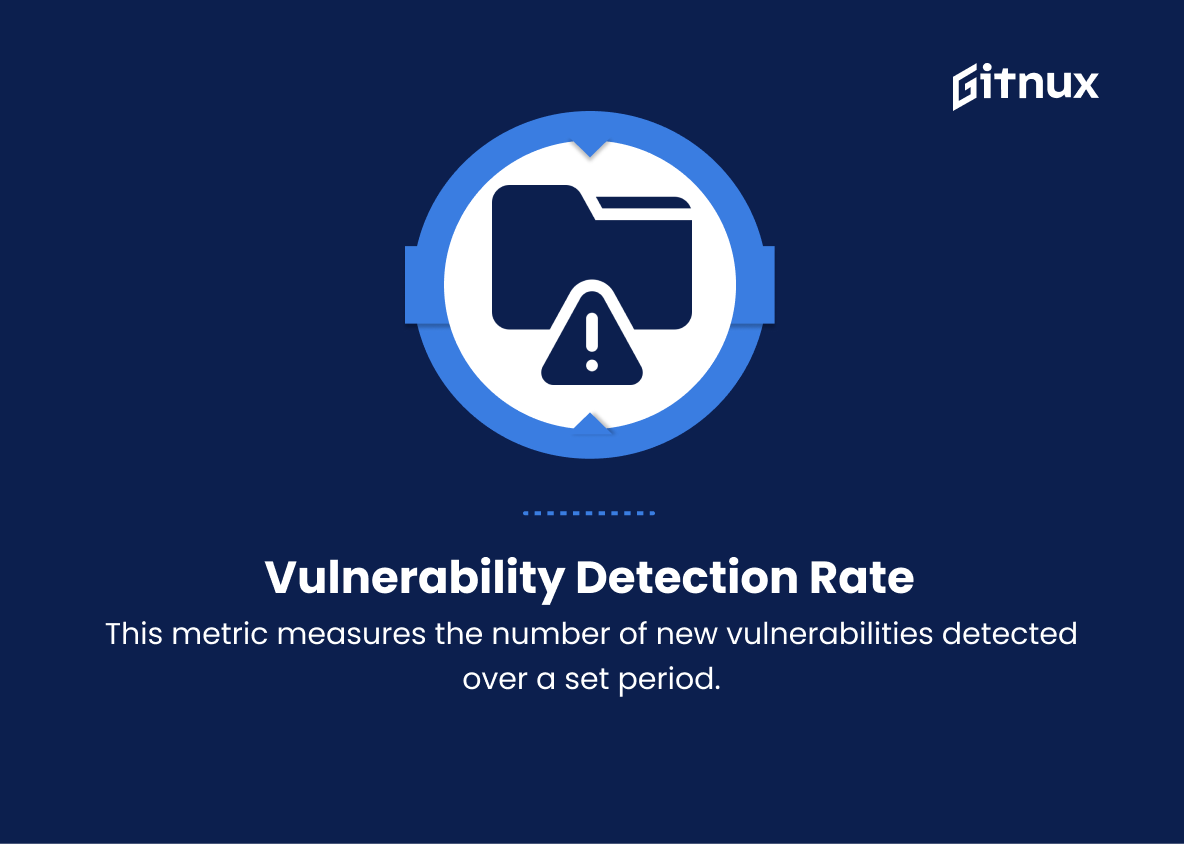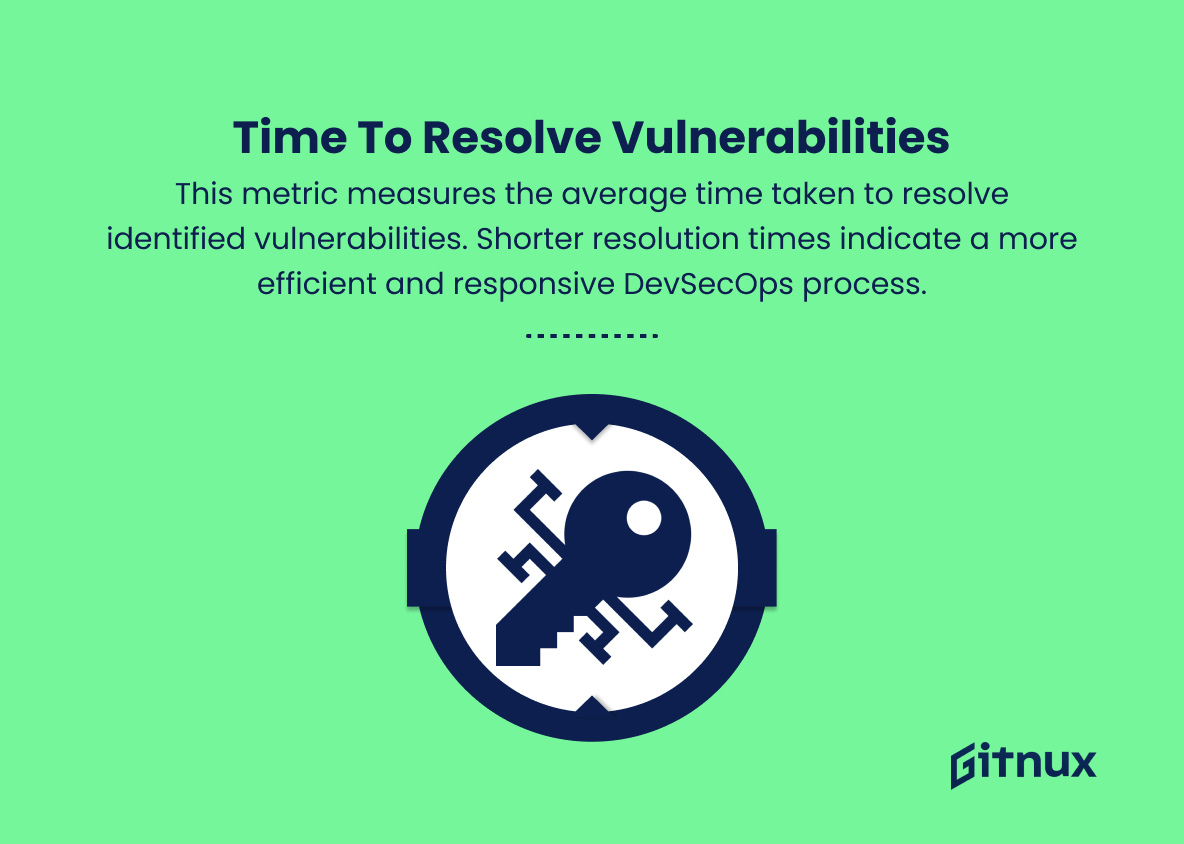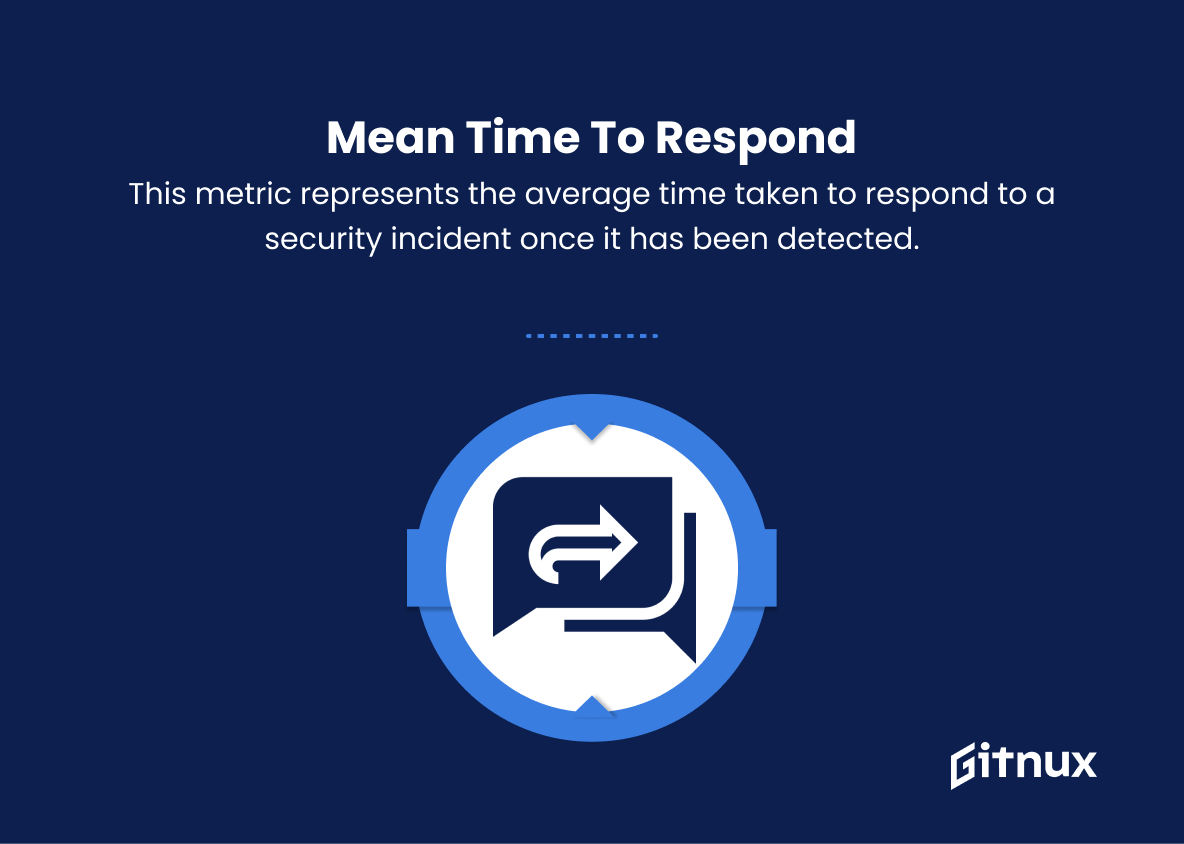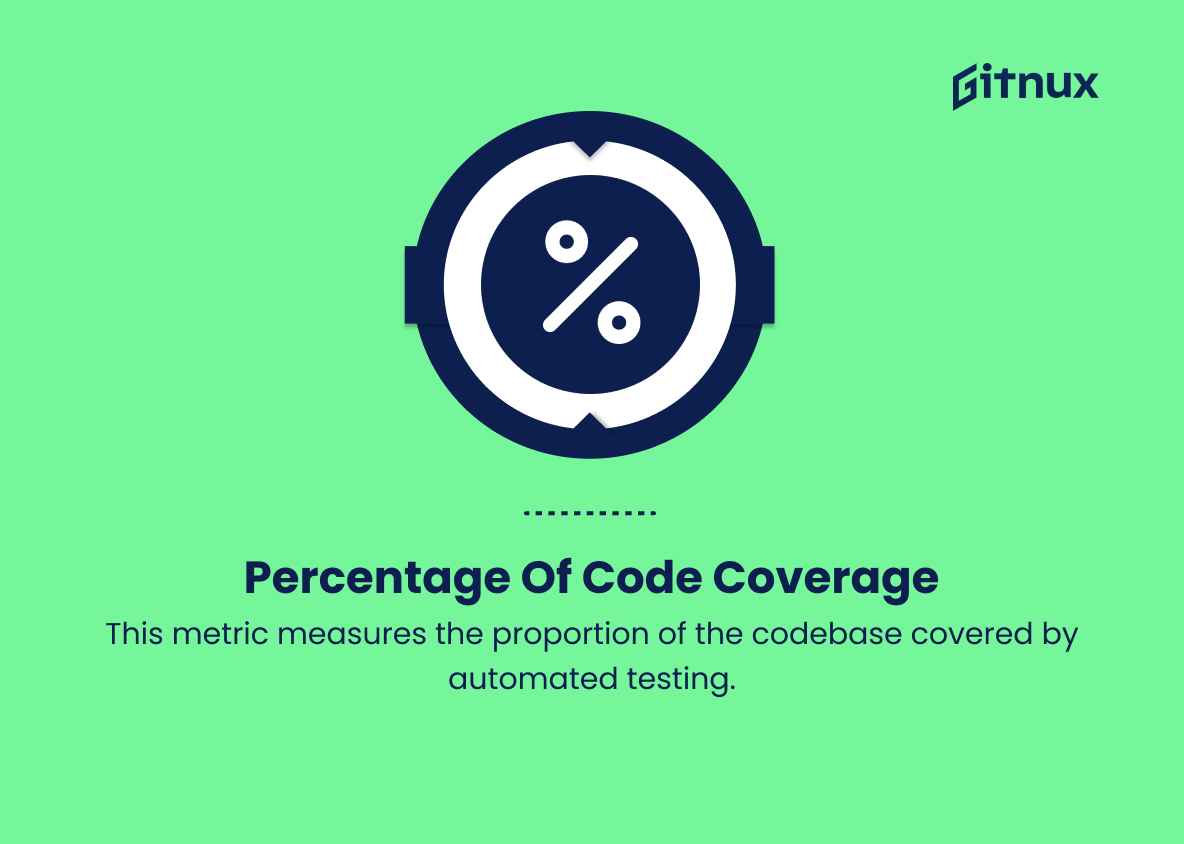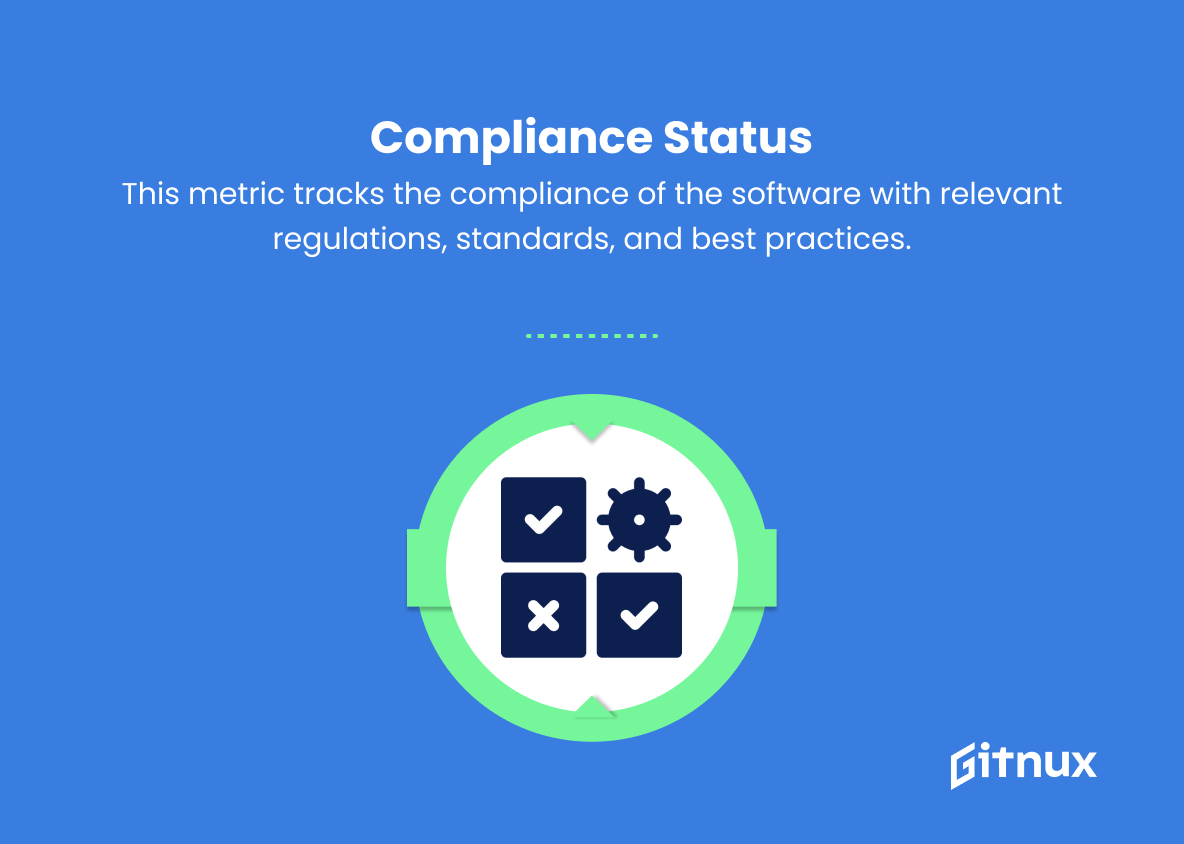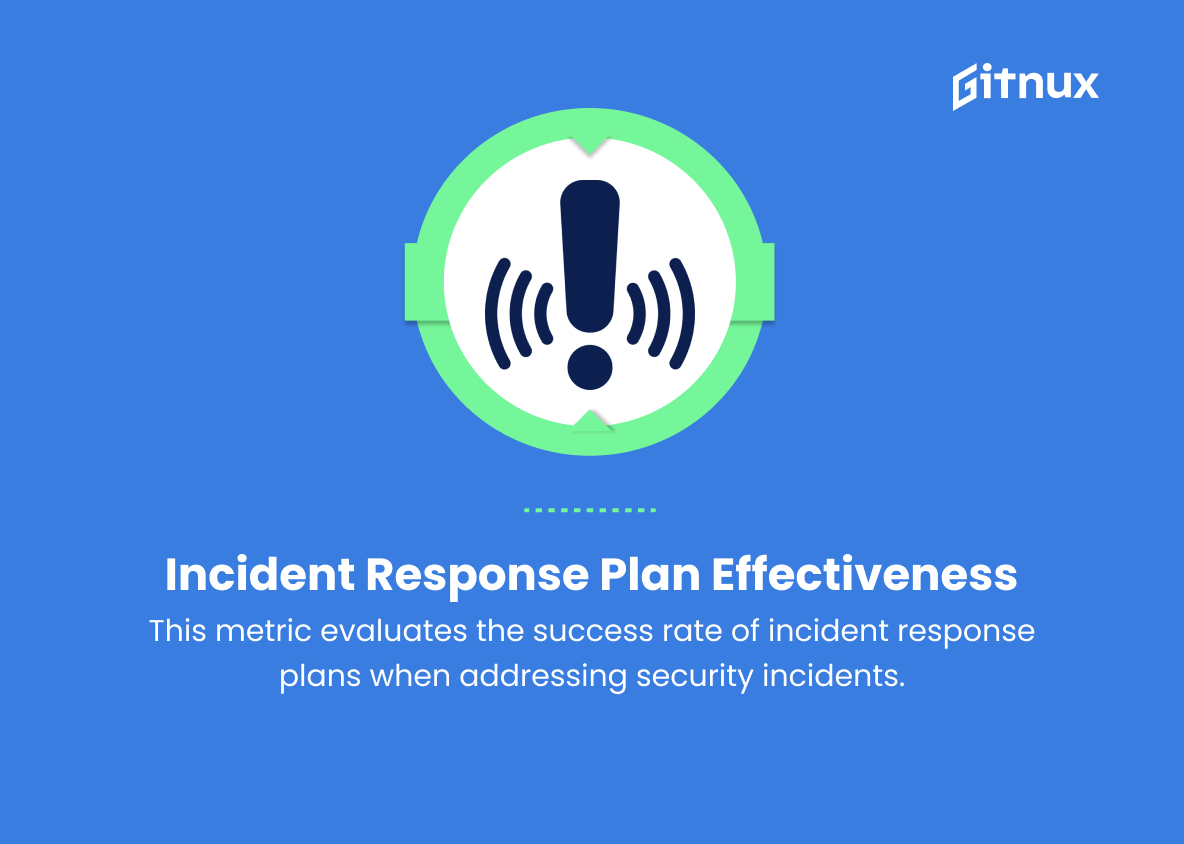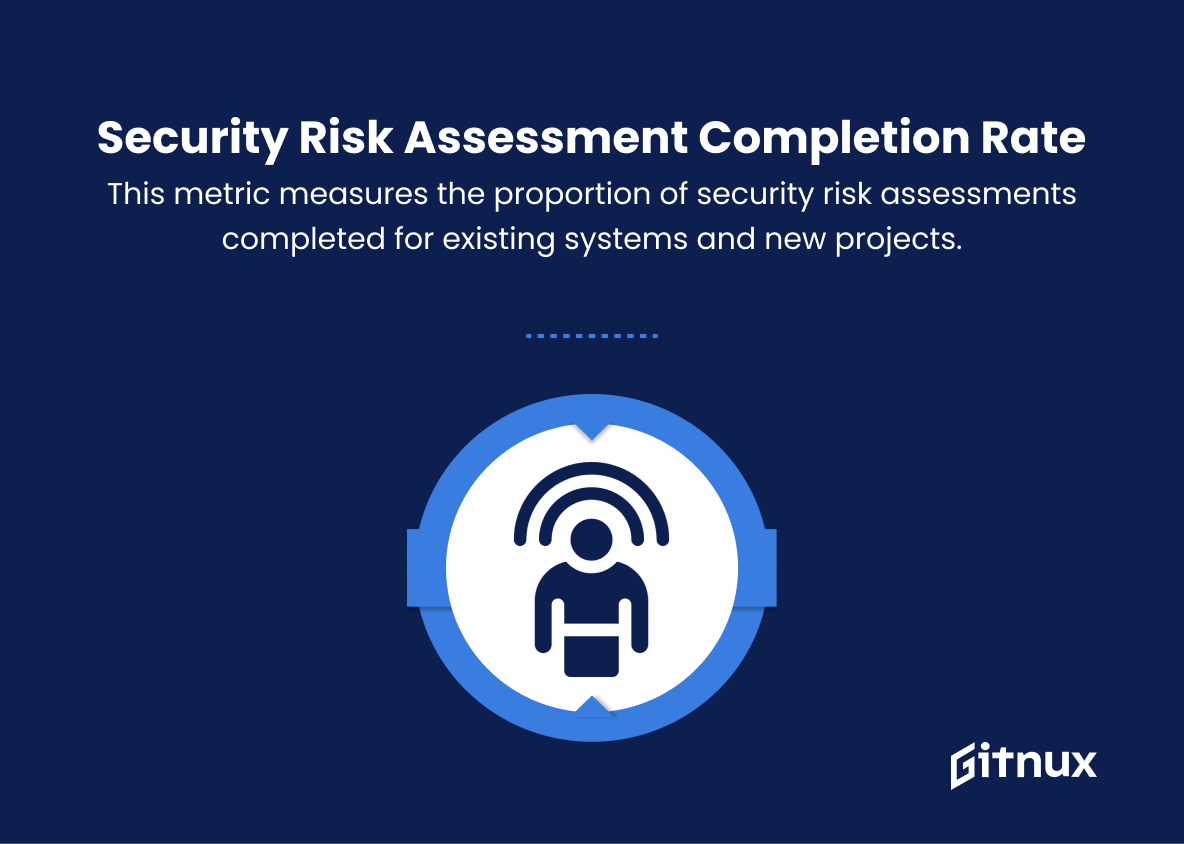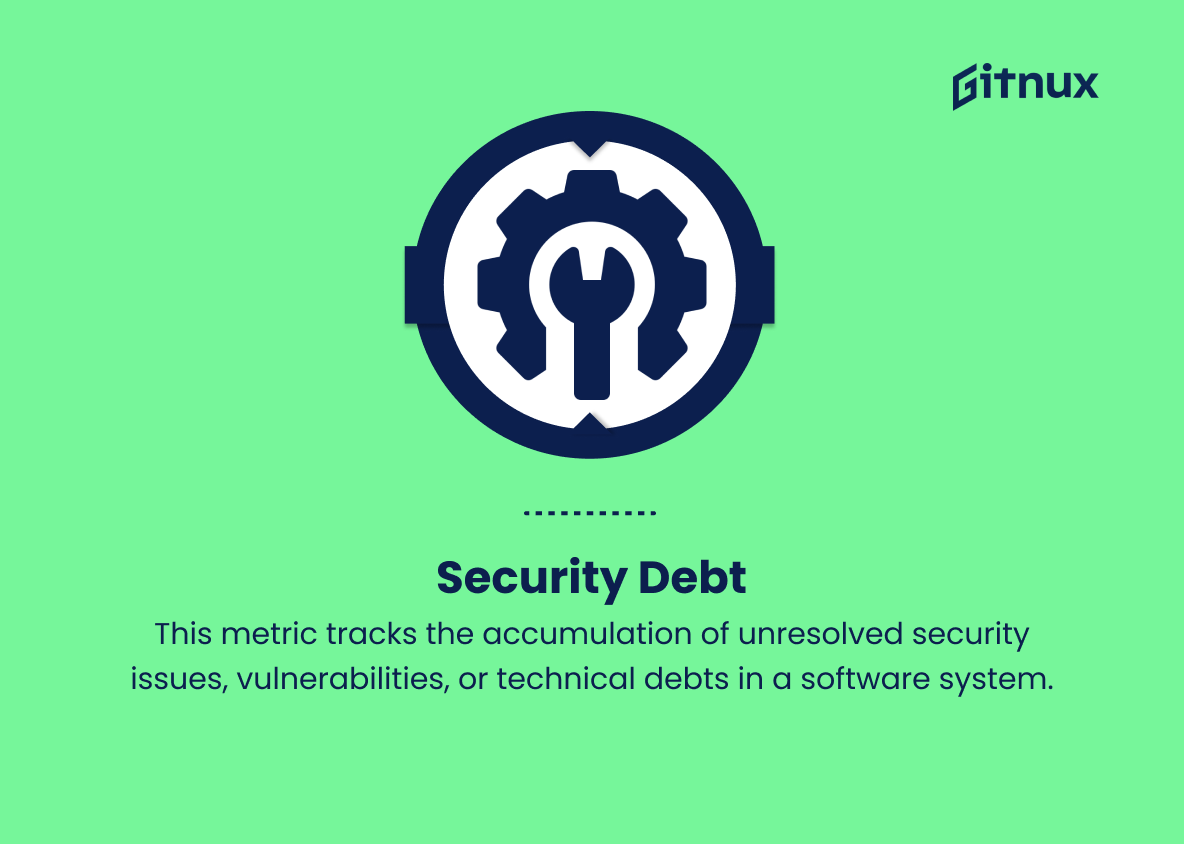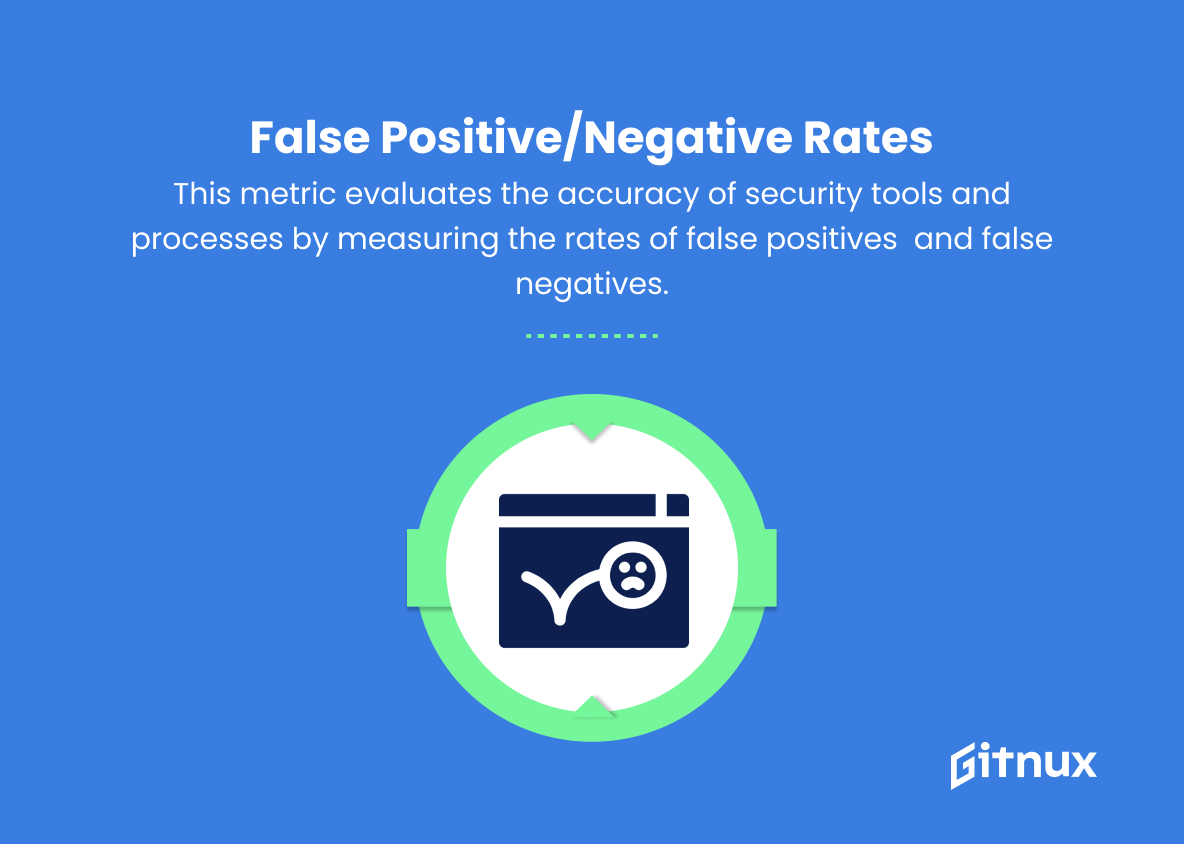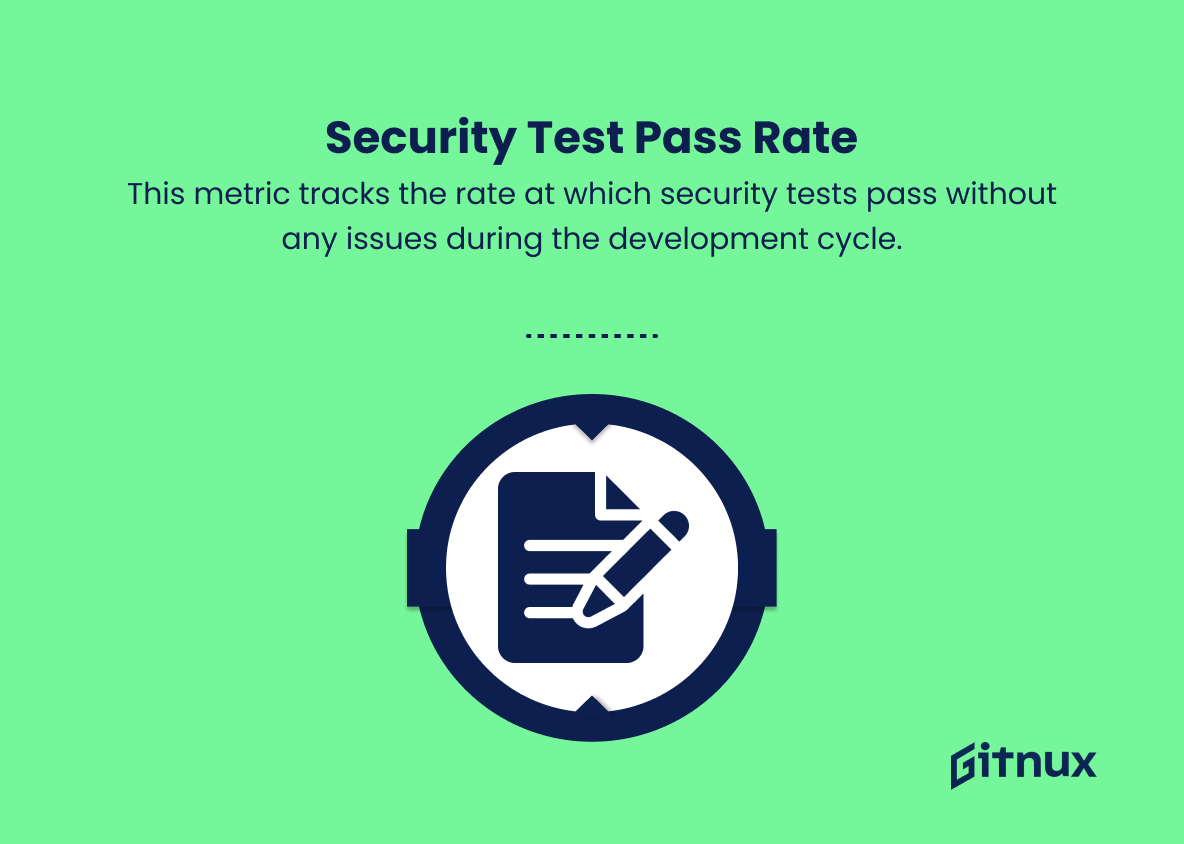Securing an organization’s infrastructure and applications is critical in today’s digital landscape. DevSecOps integrates security into the DevOps pipeline for comprehensive coverage. This blog post covers essential DevSecOps metrics for continuous improvement and risk mitigation. Explore key indicators to quantify performance and make data-driven decisions for the future.
Devsecops Metrics You Should Know
1. Vulnerability detection rate
This metric measures the number of new vulnerabilities detected over a set period. It helps to assess the effectiveness of security measures and identify areas for improvement.
2. Time to resolve vulnerabilities
This metric measures the average time taken to resolve identified vulnerabilities. Shorter resolution times indicate a more efficient and responsive DevSecOps process.
3. Mean time to detect (MTTD)
This metric indicates the average time it takes to detect a security threat. A shorter MTTD suggests that the security monitoring and detection mechanisms are more effective.
4. Mean time to respond (MTTR)
This metric represents the average time taken to respond to a security incident once it has been detected. A shorter MTTR indicates a more efficient incident response process.
5. Percentage of code coverage
This metric measures the proportion of the codebase covered by automated testing. Higher code coverage indicates a more extensive and thorough testing process, leading to more secure applications.
6. Compliance status
This metric tracks the compliance of the software with relevant regulations, standards, and best practices. Higher compliance rates suggest a strong focus on building secure and compliant products.
7. Security training completion rate
This metric measures the proportion of staff who complete ongoing security training. A higher completion rate indicates a culture of security awareness and commitment to maintaining secure practices.
8. Patch management success rate
This metric tracks the proportion of successful security patches applied to software systems. A higher success rate suggests effective patch management processes, reducing the risk of known vulnerabilities being exploited.
9. Incident response plan effectiveness
This metric evaluates the success rate of incident response plans when addressing security incidents. A higher effectiveness rate indicates a well-prepared team with robust processes in place.
10. Security risk assessment completion rate
This metric measures the proportion of security risk assessments completed for existing systems and new projects. A higher completion rate suggests a commitment to proactively identifying and addressing security risks.
11. Security debt
This metric tracks the accumulation of unresolved security issues, vulnerabilities, or technical debts in a software system. A lower security debt indicates better overall code quality and security maintenance.
12. False positive/negative rates
This metric evaluates the accuracy of security tools and processes by measuring the rates of false positives (incorrectly identifying issues as security threats) and false negatives (missing genuine threats). Lower rates indicate more effective security measures.
13. Percentage of builds with security testing
This metric measures the proportion of builds that include security testing. A higher percentage suggests that security is integrated into the application development process.
14. Security test pass rate
This metric tracks the rate at which security tests pass without any issues during the development cycle. Higher pass rates indicate that applications are meeting defined security requirements consistently.
Devsecops Metrics Explained
DevSecOps metrics ensure software development security, compliance, and effectiveness. Metrics such as vulnerability detection rate, time to resolve, and mean time to detect/respond assess efficiency and responsiveness. Code coverage, compliance, security training, and patch management provide insights into security quality. Incident response, risk assessment, security debt, and false positive/negative rates evaluate preparedness and effectiveness. Security testing builds and test pass rates gauge integration and consistency. These metrics create a holistic view, enabling continuous improvement and strengthening security.
Conclusion
In summary, DevSecOps metrics play a crucial role in evaluating and improving the effectiveness of an organization’s development, security, and operations approach. By measuring essential aspects such as deployment frequency, change lead time, mean time to restore, and change failure rate, businesses can better understand their DevSecOps capabilities and identify areas in need of improvement. Furthermore, paying attention to security metrics ensures the seamless integration of security aspects at every stage of software development. This leads to an overall reduction in potential cybersecurity risks and ensures faster, more efficient, and secure delivery of applications. In the rapidly evolving technological landscape, adopting and analyzing DevSecOps metrics is an indispensable practice for organizations to stay ahead, thrive, and maintain a strong security posture.
